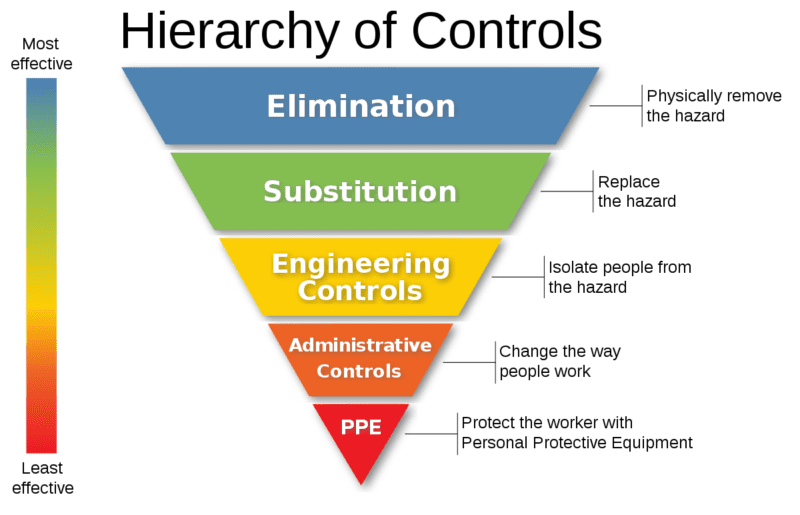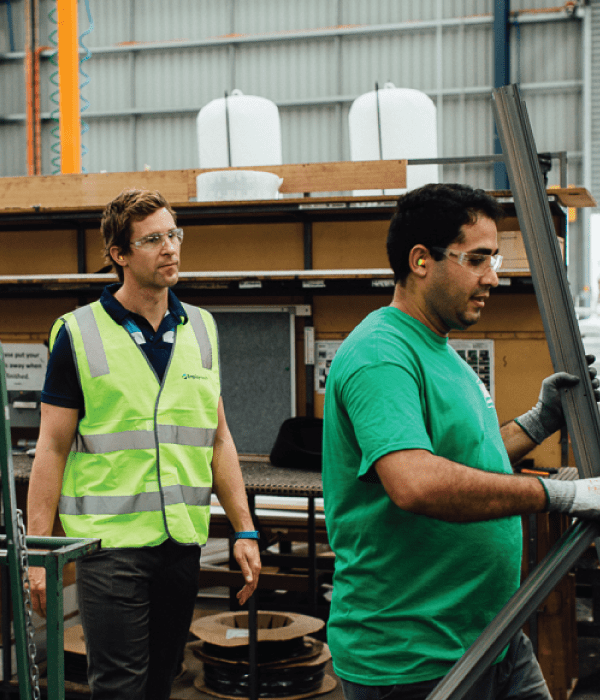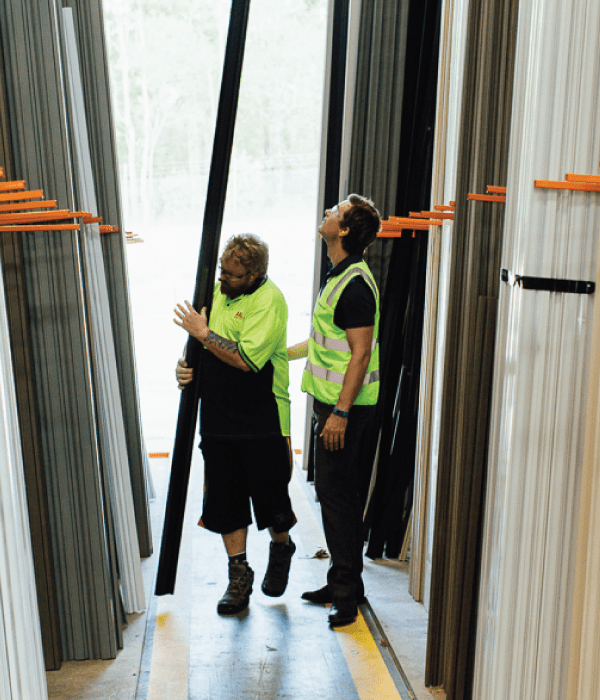What is manual handling?
Manual tasks require people to lift, lower, push, pull, carry or otherwise move, hold or restrain any person, animal or thing. Characteristics of hazardous manual tasks include:
- Repetitive or sustained force
- High or sudden force
- Repetitive movement
- Sustained or awkward posture
- Exposure to vibration
Not all manual tasks are hazardous. At Employ Health we work with our partners to proactively identify manual handling hazards in their workplaces and ensure they’re managed effectively. This is done through a Hazardous Manual Task (HMT) risk assessment.
Why does identifying and managing manual handling hazards matter in the workplace?
Hazardous manual handling can increase a worker’s risk of injuries known as musculoskeletal disorders. These injuries include, but are not limited to:
- Strains and sprains
- Back injuries
- Soft tissue injuries
- Hernias
- Chronic pain
The effective and systematic management of risks improves worker health and safety, as well as productivity. If a workplace can effectively eliminate and control risks in the workplace the benefits include:
- Preventing and reducing the number and severity of workplace injuries, illnesses, and associated costs
- Promoting and improving worker health, wellbeing, and capacity to work
- Fostering innovation and improving the quality and productivity of work
How do workplaces manage manual handling hazards?
Step 1 - Identify Hazards
Find out what could cause harm.
Step 2 - Assess and Rate Risks
Understand the nature of the harm that could be caused by the manual handling hazard, how serious the harm could be and the likelihood of it happening. With reference to HMTs, this is where a tool like the ManTRA or PErforM can be utilised effectively.
Step 3 - Implement Controls
Implement the most effective control measure that is reasonably practicable in the circumstances and ensure that it remains effective over time.
Step 4 - Review Control Measures
Review the control measures to ensure they are working as planned. A ManTRA or PErforM can be completed again at this step to objectively demonstrate the lowered risk.

Eliminating a risk is the most effective control measure. If this is not practicable, then minimise the risk as far as possible.
To implement the most effective controls, you should start at the top of the hierarchy of control.

